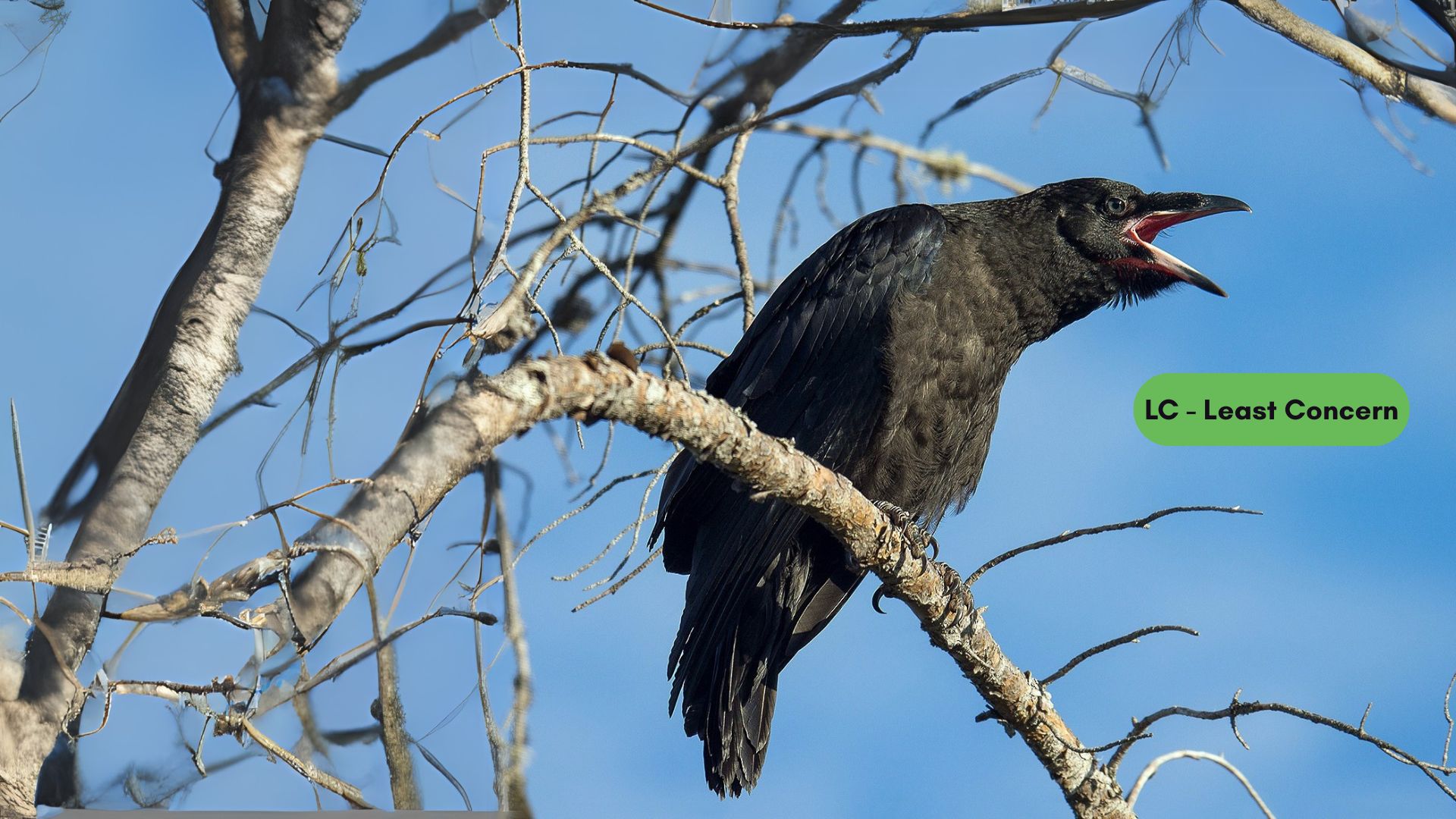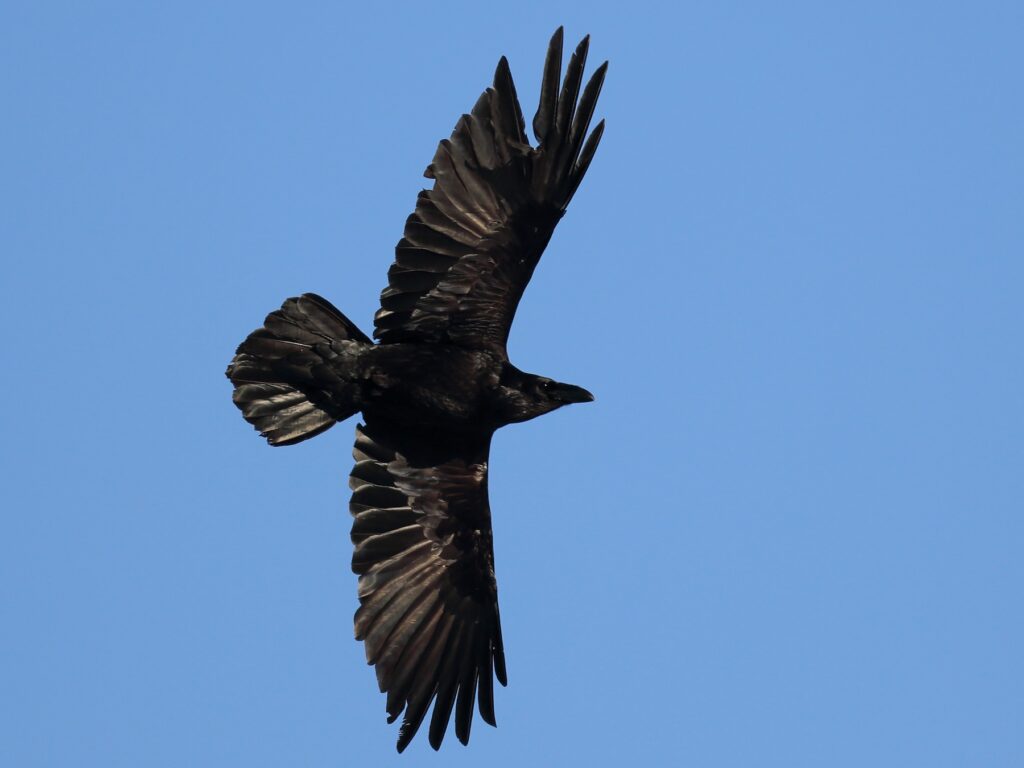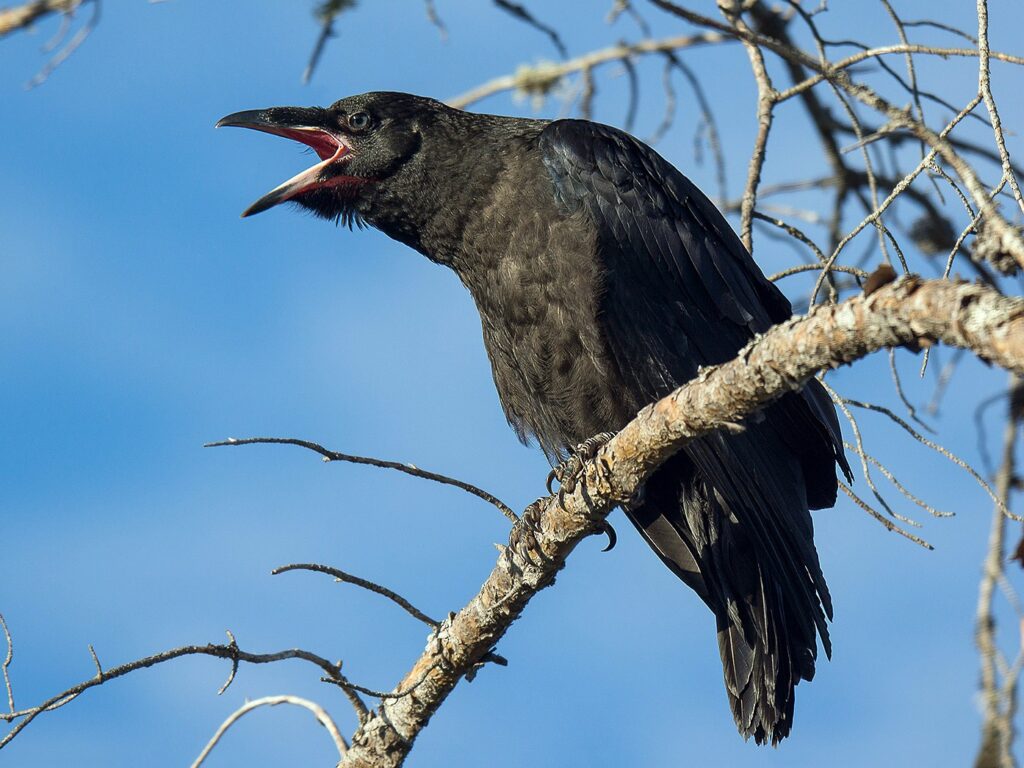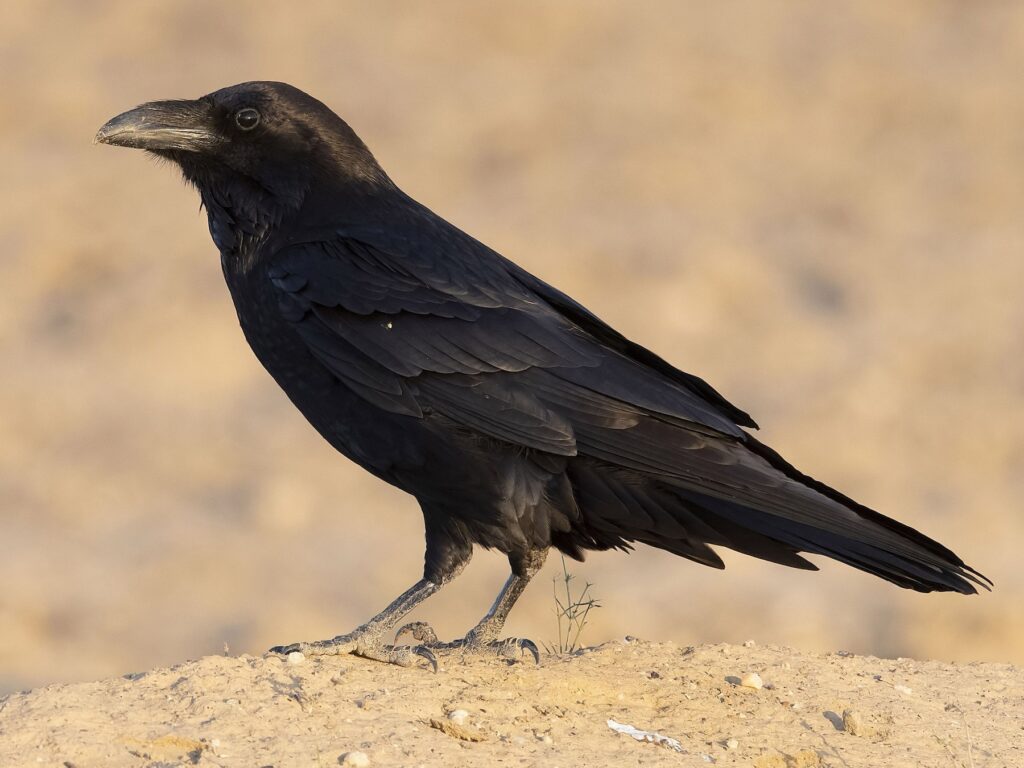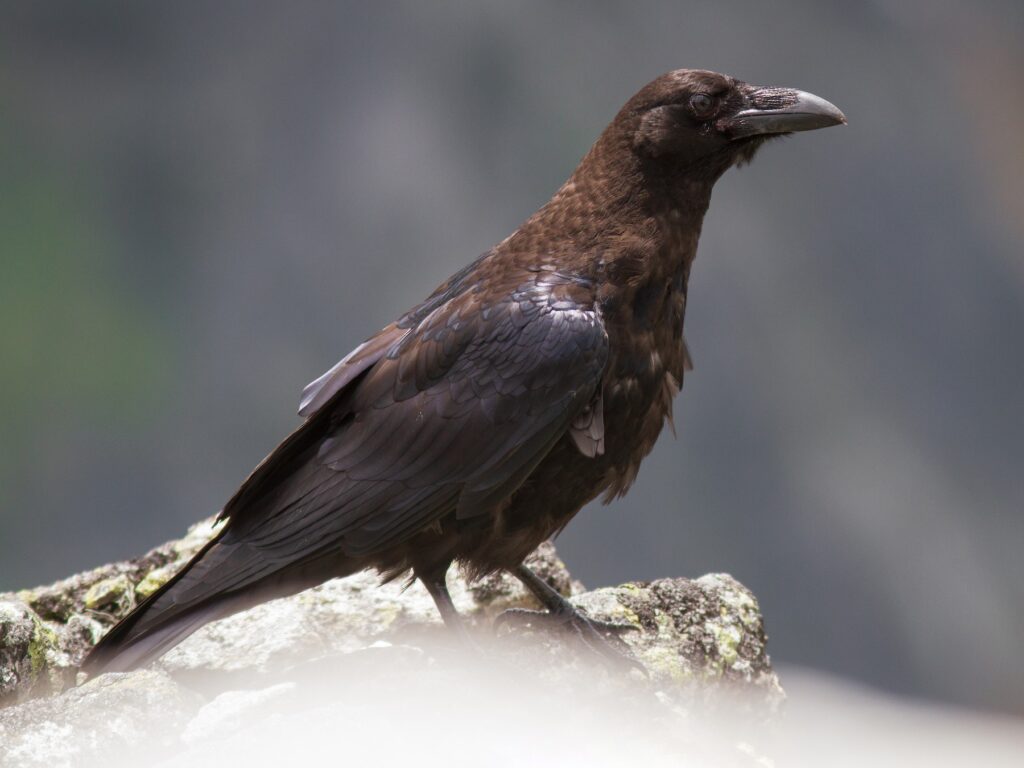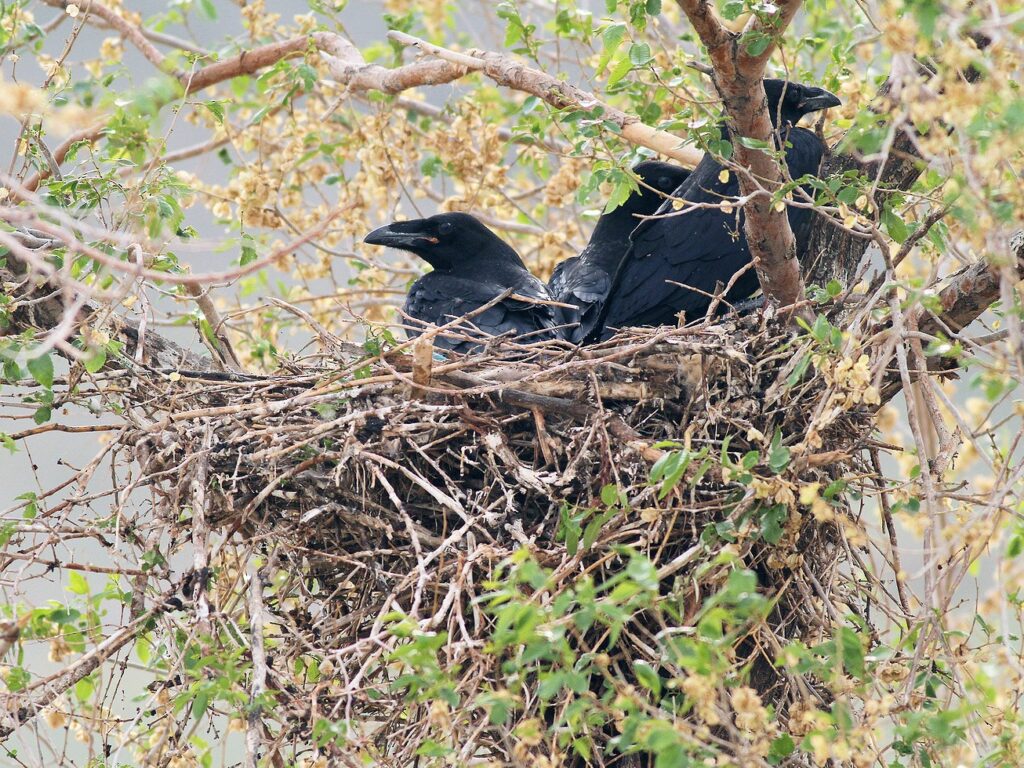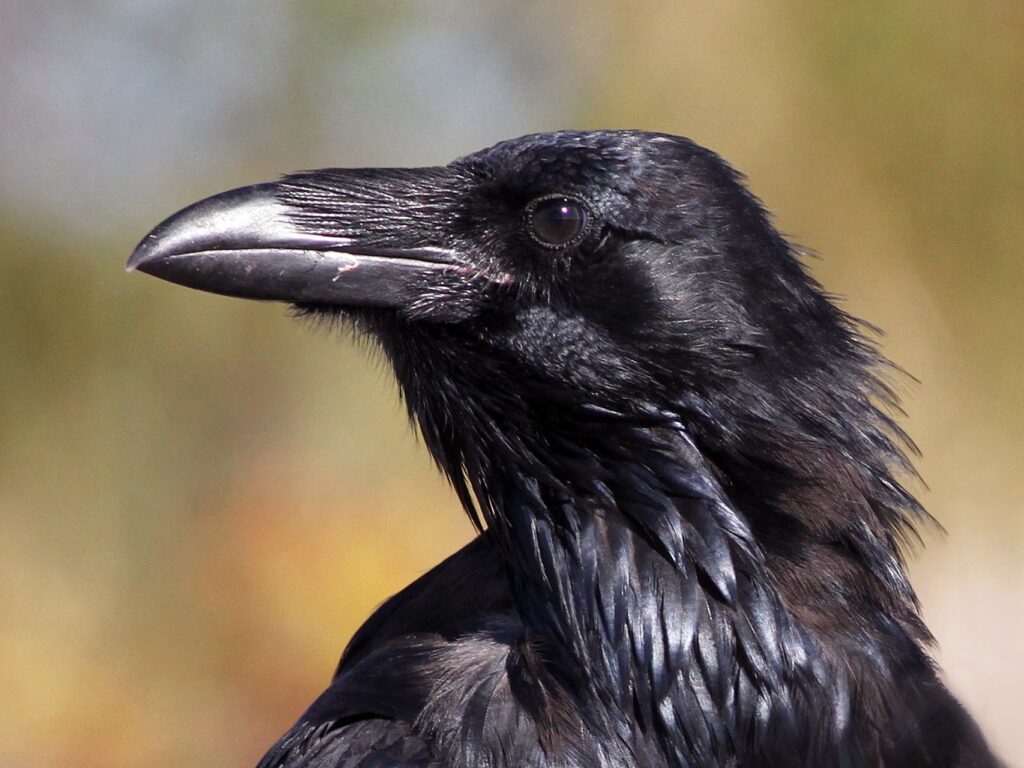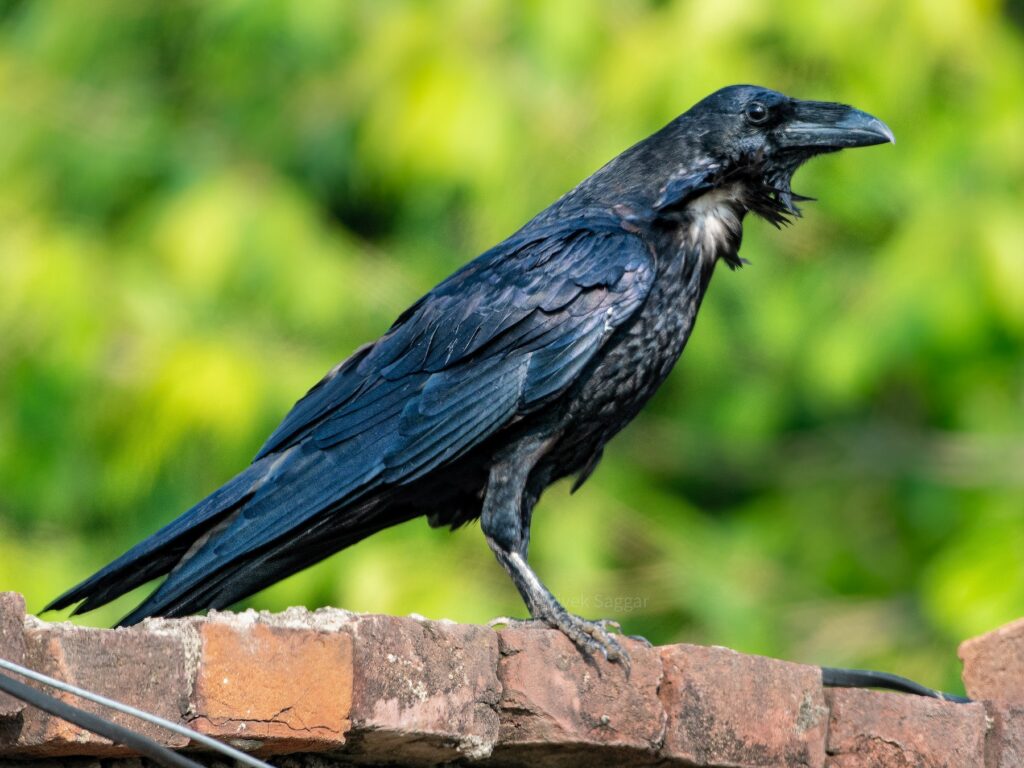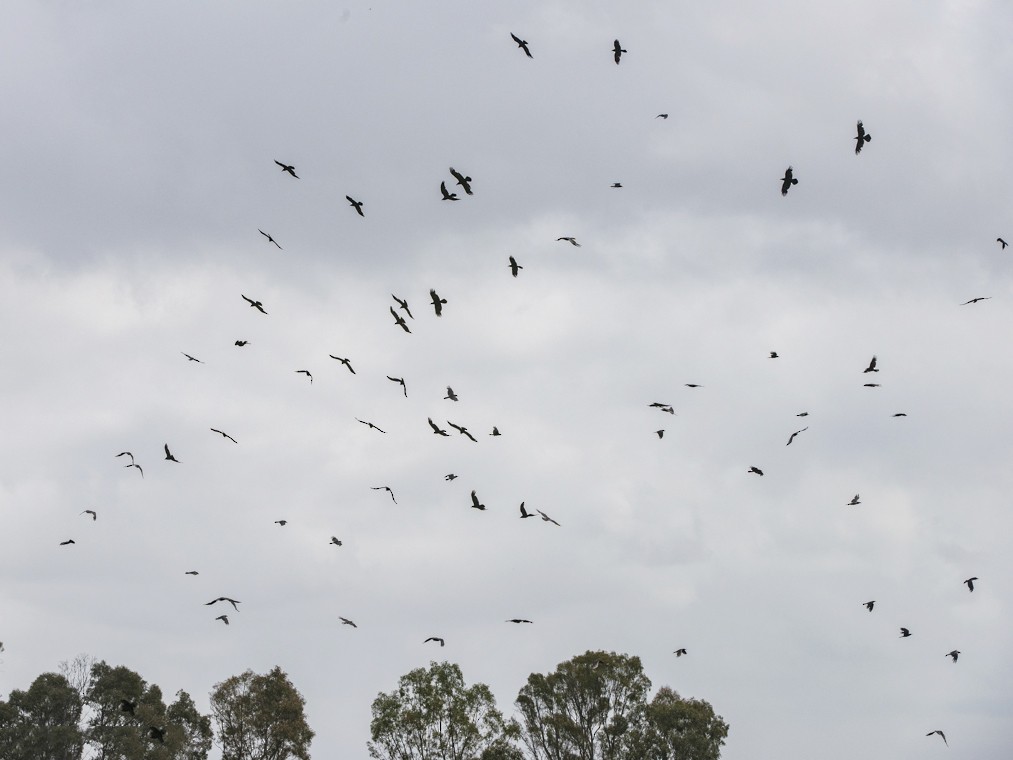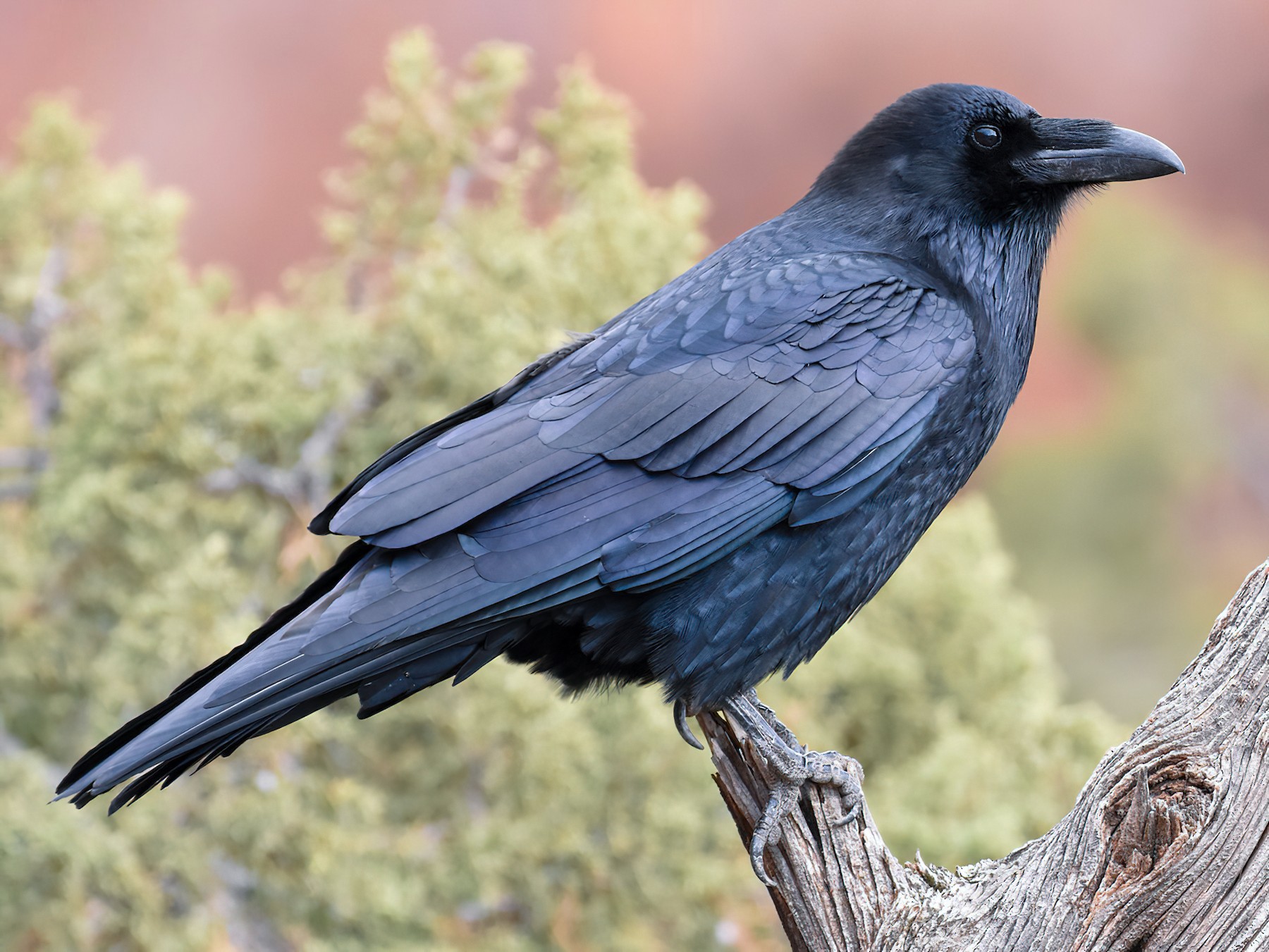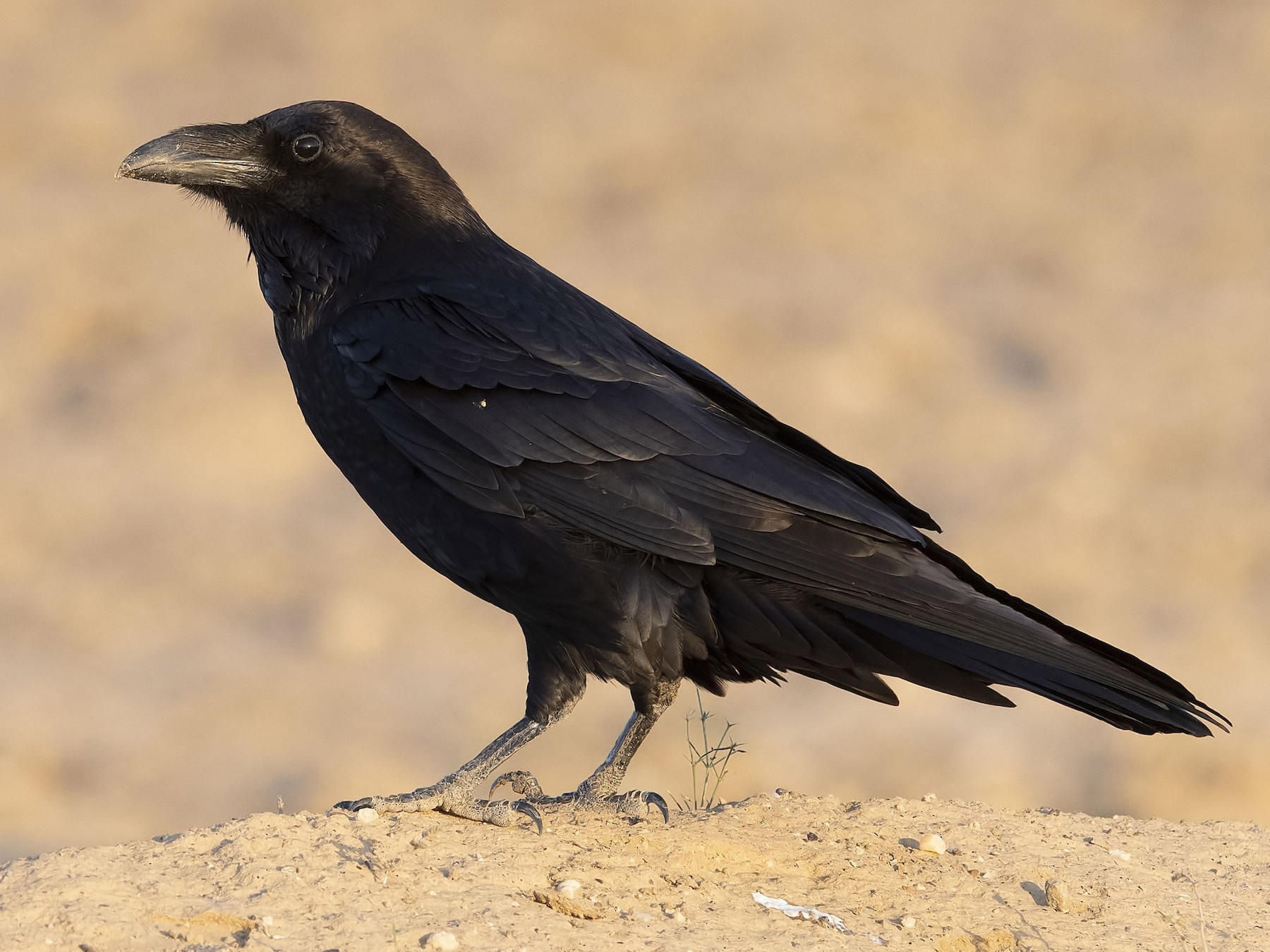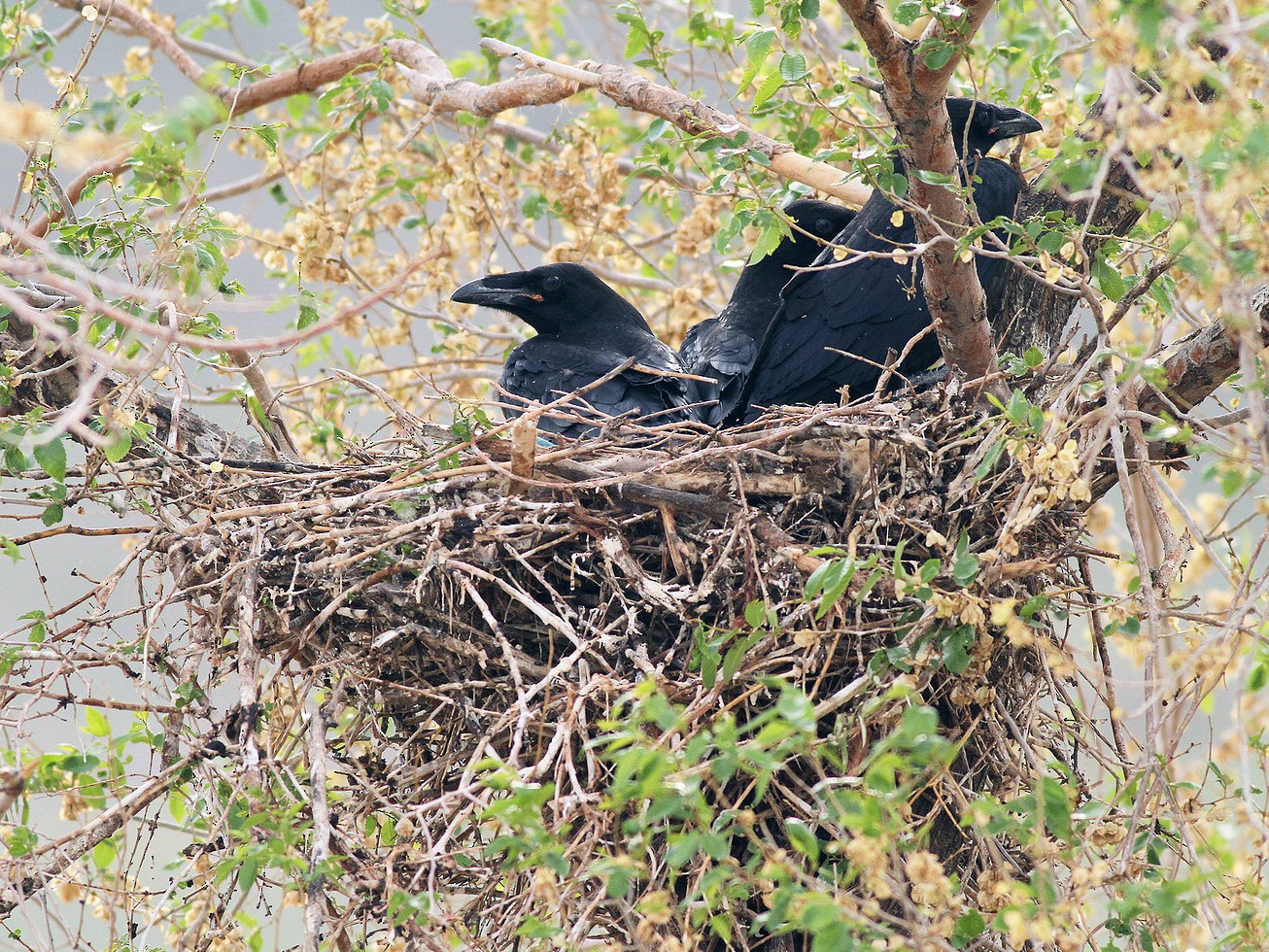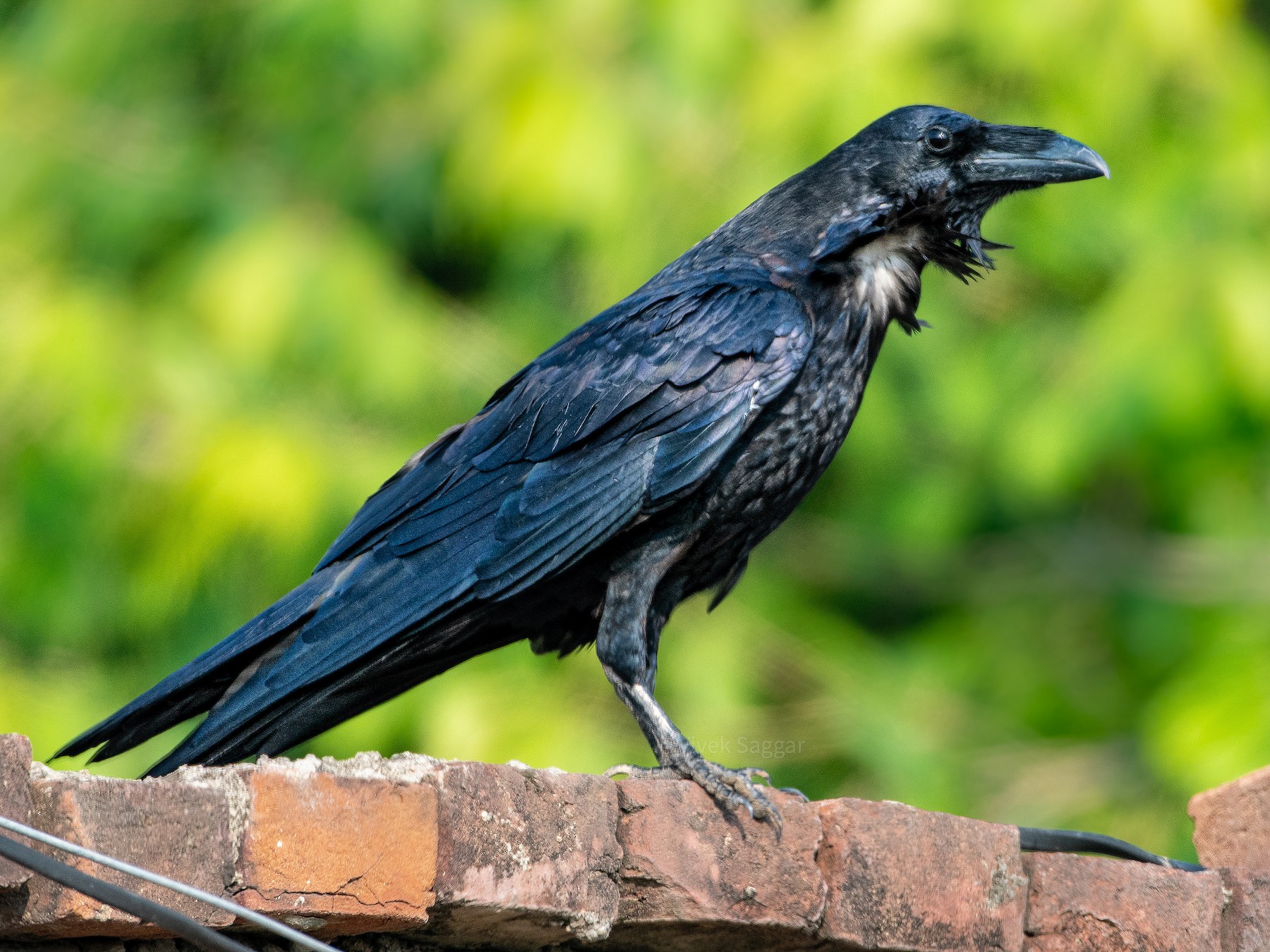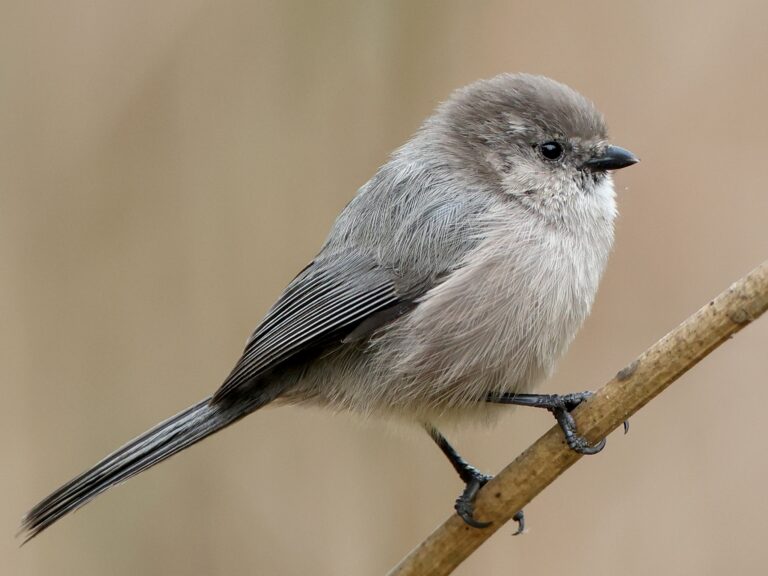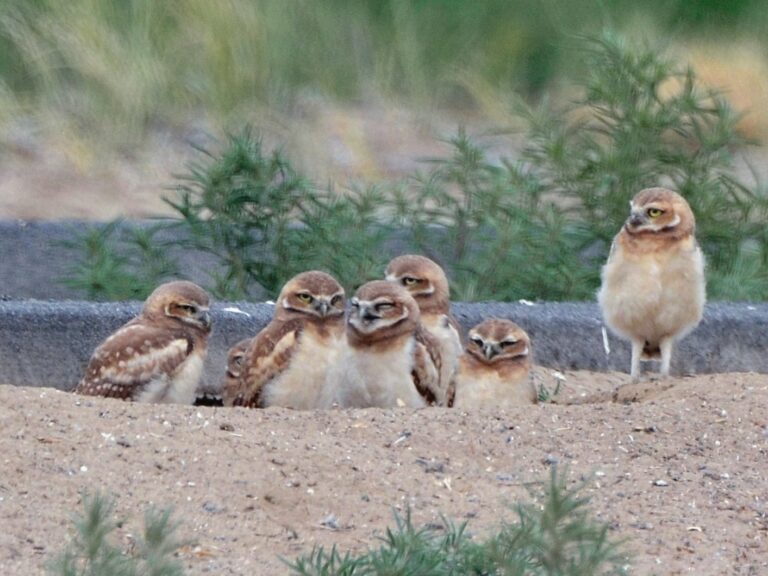Common Raven: The Intelligent Avian Wonder of Our Skies
The Common Raven, or Corvus corax, really stands out as one of those birds that you can’t help but admire. Its intelligence and knack for adapting to pretty much any environment—mountains, deserts, you name it—make it a true survivor.
You’ll usually spot ravens in pairs or small groups. That’s when their social skills and surprisingly complex communication come to life. Watch a raven for a while and you’ll see how active and clever they are, always on the lookout for their next meal. Sure, they scavenge, but their menu is pretty broad: seeds, fruit, bugs, even small animals—whatever works.
Their glossy black feathers and that unmistakable, deep croak make them easy to pick out. There’s just something about their presence that’s hard to ignore. Throughout history, ravens have popped up in all sorts of cultures, often symbolizing wisdom or mystery. I think learning about them just adds to the sense of wonder about the world around us.
Key Takeaways
- Common Ravens can handle a wide range of environments, showing real resilience.
- They eat all sorts of things, proving how resourceful they are.
- Ravens have left a mark on human culture and imagination for centuries.
Sign Up for Our Monthly Newsletter
Every month we send out our newsletter about interesting (and sometimes quirky) things happening in the world of birding. Give it a try!
Taxonomy and Identification
The common raven holds a special place in the world of birds, not just because it’s familiar, but also for its taxonomic status. Here’s a look at its scientific classification, what it looks like, and how it stacks up against the American crow.
Scientific Classification Scientists call it Corvus corax. It sits in the family Corvidae and the order Passeriformes.
Depending on where you are, you might run into different subspecies, like the Northern raven or the Western raven. You’ll find them all across the Northern Hemisphere—forests, mountains, even cities. This adaptability is a big reason they’re so widespread.
Physical Characteristics
Common ravens are big—think 24 to 27 inches long and weighing anywhere from 1.5 to 4.4 pounds. Their wedge-shaped tail stands out, especially compared to the rounded tail of a crow. The feathers are a deep, glossy black and sometimes have a bit of iridescence if the light hits just right. Their beak is thick and strong, perfect for their all-over-the-place diet.
They’ve got some serious wings, too—broad and powerful, great for soaring. And if you listen, their calls range from croaks to clicks, with plenty of variety in between.
Comparison With American Crow
Both ravens and American crows belong to the same family, but you can spot differences if you know what to look for. Ravens are noticeably bigger and have a chunkier bill. In flight, crows show off more rounded wings, while ravens’ wings look longer and more pointed. The tail shapes are a dead giveaway: wedge-shaped for ravens, fan-shaped for crows.
Ravens also tend to act more social and intelligent, often playing and solving problems, which makes them fascinating to watch. Birdwatchers use these clues all the time to tell them apart. Want to dive deeper into their classification? Check out Origins of Taxonomy for more details.
Habitat and Geographic Range
Common ravens show up in all sorts of places across the Northern Hemisphere. They seem to have no trouble making themselves at home in cities or out in the wild. Getting a sense of where they live and what they prefer helps explain a lot about how they act and survive.
Native Regions
You’ll find common ravens natively in North America, Europe, and parts of Asia. In North America, they stretch from Alaska and Canada down into the western and central U.S.
They also live across Europe—from Scandinavia to Spain—and parts of Asia, including the Middle East. That kind of range just shows how well they can handle different climates.
Preferred Habitats
Ravens look for places with plenty of food and safe nesting spots. Open areas like mountains, forests, and tundra suit them well. They’re often near water—lakes, rivers, you name it. They like habitats with lots of plants, which makes it easier to find food, and they nest on rocky cliffs or in big trees.
Presence in Agricultural Areas
More and more, ravens have started showing up on farmland. They forage in fields, eating crops, insects, and small critters. This can help farmers by keeping pests in check, but sometimes ravens end up damaging crops, too. Balancing their role isn’t always simple.
Distribution in Canada
In Canada, ravens are everywhere, especially in the west—think British Columbia, Alberta, Saskatchewan, and the northern territories. They do well in all kinds of Canadian habitats, from the coasts to the boreal forests. Even in cities, they seem to thrive, taking advantage of what humans leave behind.
Canada’s mix of landscapes gives ravens what they need to stick around in big numbers. If you’re curious about their movement and space use, check out this study.
Behavior and Intelligence
Ravens are just plain fascinating when it comes to behavior and smarts. Their social lives, playful antics, and knack for solving problems all help them survive in some pretty tough spots.
Social Behavior and Displays
These birds have complex social lives. They form tight bonds and often work together to get things done. Vocalizations and gestures play a huge role in how they communicate. Ravens use all sorts of calls to share what they’re feeling or planning.
They’ll even share food, which helps build trust. And they can recognize each other individually, which is honestly pretty impressive.
Playful Activities
Play isn’t just for fun—though ravens seem to enjoy it. You’ll see them doing aerial tricks or messing around with objects. Young ravens use play to practice skills like hunting and figuring things out. Adults join in, too, which keeps group bonds strong.
That willingness to play says a lot about how flexible and smart they are when facing new situations.
Problem-Solving Abilities
Ravens really shine when it comes to problem-solving. They plan ahead, stash food for later, and even use tools to get what they want. People have watched them use sticks to dig bugs out of tree bark. They learn from past experiences and change their approach if something doesn’t work.
This kind of mental flexibility helps them handle all sorts of challenges, both in the wild and around people. For more on their brainpower, check out research on social cognition in ravens and their playful behaviors.
Diet and Feeding Habits
The Common Raven isn’t picky about food. Their diet changes with their surroundings, and they’ll eat almost anything—carrion, bird eggs, nestlings, insects, invertebrates, you name it.
Typical Foods
As omnivores, ravens eat both plant and animal matter. Fruits, seeds, grains, small mammals, and birds all make the list.
They aren’t above raiding trash for scraps, either. This willingness to eat whatever’s available helps them survive just about anywhere. During breeding season, they go for protein-rich foods to feed their chicks. The types of food they eat can shift a lot depending on what’s around.
Role of Carrion
Carrion is a big part of the raven’s diet. They’re always on the lookout for dead animals, and they help clean up the environment by eating remains that might otherwise spread disease. Ravens can spot carcasses from far away, which gives them an edge, especially when times are tough. Scavenging provides a reliable meal when other food runs out.
Predation on Bird Eggs and Nestlings
Ravens also target bird eggs and nestlings. They’re pretty skilled at finding nests and won’t hesitate to grab eggs or young birds if the opportunity comes up. With their intelligence, they often team up to raid nests, which can really affect local bird populations in some places.
Invertebrates and Insects in Diet
Invertebrates and insects are another important food source. Beetles, ants, earthworms—they’ll eat all sorts of bugs, especially when raising young and needing extra protein. Ravens search all over—flipping soil, pecking at bark, or digging through plants—to find these critters. Their foraging style shows just how adaptable they are.
Want to read more about what they eat? Check out studies on diet variations and Mediterranean island diets.
Breeding and Nesting
Common Ravens have some pretty interesting breeding and nesting habits. Their approach to raising young and building nests is a big part of why they’ve been so successful as a species.
Breeding Season and Mating
The breeding season for Common Ravens usually starts in late winter and runs through early spring. During these months, you’ll spot them showing off with acrobatic flights and all sorts of vocal tricks.
Males go all out, flaunting their strength and agility to win over a mate. Once a pair forms, they stick together—often for life—and get pretty serious about defending their nesting territory. They really care about where they nest. The best spots are up high, away from predators, and close to food. It’s not hard to see why they’re picky.
Nest Construction
Common Ravens have a knack for building sturdy nests. They favor tall trees, cliffs, and even the occasional man-made structure.
The nests are surprisingly big, cobbled together from sticks, grass, mud, and sometimes whatever odd bits they find—plastic or metal scraps aren’t uncommon. They line the inside with softer stuff for comfort and warmth.
Many ravens come back to the same spot year after year, piling on more material each season. It’s a bit like home improvement, raven-style.
Eggs and Offspring
On average, a raven clutch holds 3 to 7 eggs, usually with a bluish or greenish hue and darker speckles. The female handles most of the incubation, which lasts around 18 to 21 days.
When the chicks hatch, both parents pitch in to feed them. The young stick around the nest for about 5 or 6 weeks, slowly figuring out how to fly. Even after they fledge, the parents keep an eye on them, teaching them how to get by in the wild.
Cultural Significance and Conservation
The common raven pops up in all sorts of cultures and still matters in conservation circles today. From ancient legends to modern environmental work, these birds have always had a certain mystique.
Role in Mythology
Crows and ravens weave through countless mythologies. They’re often cast as messengers between worlds, or sometimes as tricksters.
- In Norse mythology, Odin keeps two ravens—Huginn and Muninn—who fly the world gathering news for him.
- For many Native American cultures, ravens are creators, tricksters, or symbols of transformation.
People see ravens in all sorts of ways—sometimes wise, sometimes ominous. Their symbolism shifts from culture to culture, but they’re rarely ignored.
Conservation Status and Threats
Raven populations are mostly stable, but they do face some hurdles. Habitat loss from cities and farms is a big one.
- Habitat loss: Urban sprawl and agriculture eat away at their space.
- Human interaction: In some places, their numbers rise, but elsewhere, hunting and poisoning take a toll.
Groups work to keep raven populations healthy, focusing on habitat restoration and teaching folks about how ravens fit into the ecosystem. Conservation management matters, especially as the world keeps changing. If you want to dive deeper into how conservation strategies work, check out this resource.
Frequently Asked Questions
Common ravens are endlessly fascinating, and people tend to have a lot of questions about them. Here are a few that come up again and again.
How can you distinguish between a common raven and a crow?
Size is the first giveaway—ravens are much bigger, stretching their wings to about 3 or 4 feet. Their tails are wedge-shaped, while crows have more of a fan shape. Ravens also sport shaggier neck feathers and a chunkier bill.
What are the typical behaviors of common ravens?
These birds are sharp and love to solve problems. You’ll catch them playing, socializing, and making a whole range of noises—croaks, clicks, you name it.
How long do common ravens typically live?
In the wild, they usually make it 10 to 15 years, depending on where they live. In captivity, without predators and with steady food, some live past 20.
What implications does witnessing a common raven have?
Spotting a raven means different things to different people. Some see them as symbols of intelligence or adaptability, while others read them as omens or signs of change. It really depends on the story you believe.
Are common ravens known to exhibit aggressive tendencies?
They can get territorial, especially when nesting. If you get too close to their young, expect some attitude. But honestly, they’re more curious than mean, and often just want to play with their own kind.
What is the maximum size that a common raven can reach?
The common raven stands out as one of the largest songbirds. These birds can reach about 24 inches long, which is honestly pretty striking when you see one up close.
Their wingspan? It stretches up to 4 feet. That kind of wingspan lets them soar and glide with almost effortless grace.
